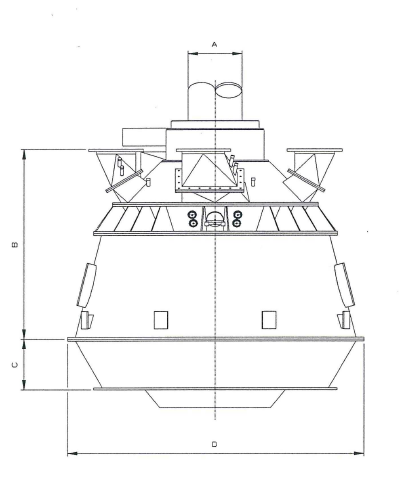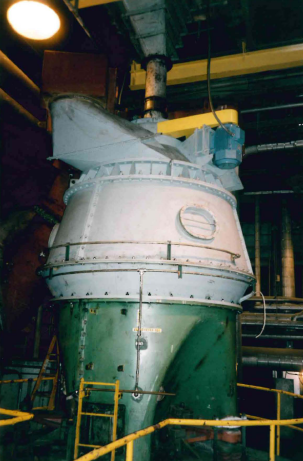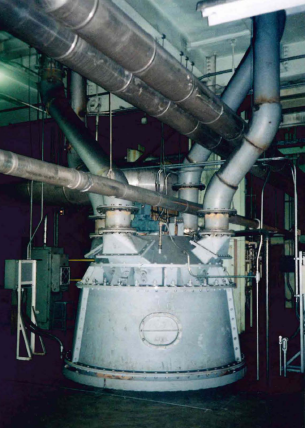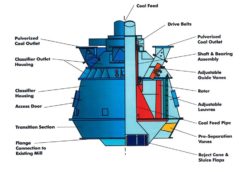HEP DYNAMIC CLASSIFIER
 Over 400 Installations and Counting!
Over 400 Installations and Counting!
We are proud to announce that Greenbank Energy Solutions Inc. and The Greenbank Group, Inc. have partnered with Steel and Alloy Utility Products of McDonald, Ohio to sell their HEP Dynamic Classifier in the Americas.
A brief history on the HEP Dynamic Classifier
The HEP Dynamic Classifier was originally developed by the Fuller Co., a major engineering and design company that manufactured grinding and classification equipment for the cement and minerals industry in the US and Europe beginning in 1919. After many years of success, the Fuller Company was purchased by, FLSmidth a company headquartered in Denmark, in the mid 1990’s and it’s equipment was marketed and serviced worldwide through several of FLSmidth’s cement and minerals divisions (including FLS Miljo Inc.). Steel and Alloy was the actual Original Equipment Manufacturer of the HEP Dynamic Classifier for Fuller Co., and then for FLSmidth, so Steel & Alloy still hold all of the design patents for the HEP classifier.
- Maximum pulverizer performance
- Operating Flexibility
- Minimum Maintenance
- Utilizes Greenbank Energy Services and Steel and Alloy Utility Products vast experience in the field of dynamic classification of materials. Jointly, they have more than 400 installations in service, including some with rotor diameters of 11 feet or greater.
- Utilitarian and Sturdy mechanical design and structure. Wear-resistant materials used in zones exposed to wear.
- Designed for easy access and maintenance.
- Compact for easy conversion and retrofit.
- External adjustable louvers and guide vanes.
- Air/coal ratio adjustable to multiple coal burner pipes.
HEP Dynamic Classifier Design Improvements
* Cylindrical Rotor
- Uniform Frontal Velocity
- Uniform rotor Peripheral Velocity
- Lower Operating Rotor Speed
* Louvers Rotor Length
- Improved Classification
- Stopped Rotor Performance
- Lower Pressure Drop and Classifier power
- Better Control of Particle Size Distribution
* Close Spaced Blade Design
- Lower Rotor Operating Speed
- Minimum Rotor Wear
* Two Stage Classification
* Guide Vanes to Control Coal to Burners
- Improved Burner and Boiler Performance
- Lower Nox
- Lower Unburned in Fly Ash
* Louvers and Guide Vanes Adjustable In Operation
- Greatest Operating Flexibility
- Maximum Fuel Flexibility
* Pre-Swirl Vanes
- Reduced Pressure Drop
- Reduced Louver and Rotor Wear



